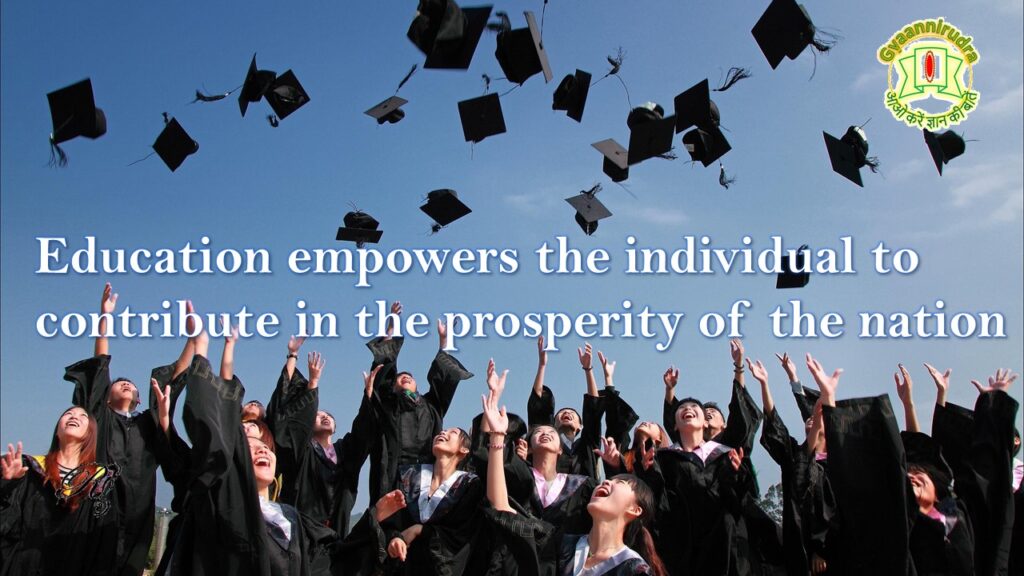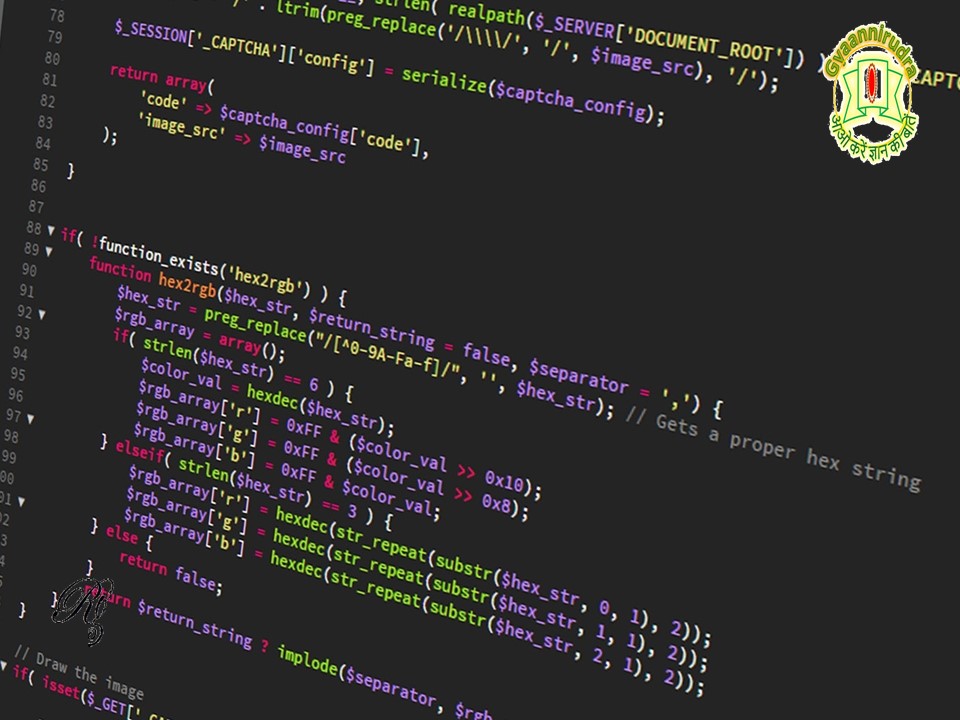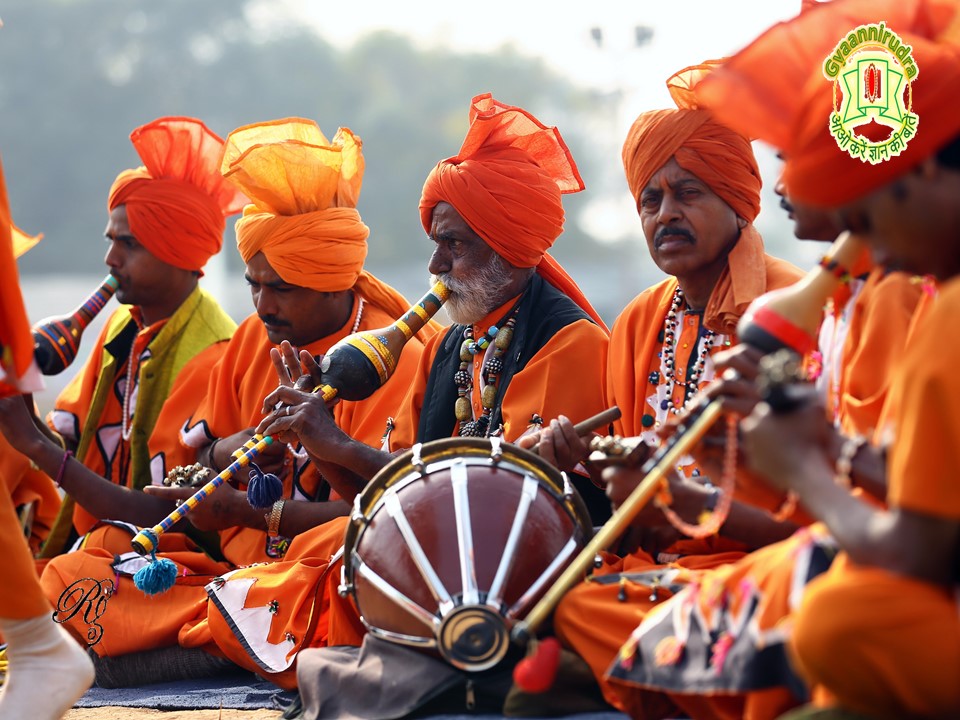Table of Contents
Preamble
Education, being the most important aspect in the development of any society or nation, always requires to have a policy. This policy, being the fundamental document, usually helps the administrating/governing bodies to implement the fundamental right of education in society. More, this implementation should be in a way that would make an individual capable enough to contribute to nurturing and flourishing the community through their learning and continuous holistic development.

National Education Policy 2020
National Education Policy 2020 is one such document approved by the union cabinet to replace the 34-year-old National Policy on Education framed in 1986. The purpose of crafting this new policy is to make historic reforms in school and higher education to meet the new challenges of the global market.
The key highlights of this National Education Policy 2020 were presented in a cabinet briefing on July 29, 2020 by Shri Amit Khare (Secretary, Higher Education Department) and Mrs. Anita Karwal (Secretary, Department of School Education and Literacy) in the presence of Hon’ble Cabinet Minister Shri Prakash Javadekar (Ministry of Environment, Forest and Climate Change) and Dr. Ramesh Pokhriyal Nishank (Ministry of Human Resource Development).

Before going through the key reforms, as mentioned, for the school and higher education through this National Education Policy 2020, let’s take a look at the evolution of education policy in India.
Evolution of National Education Policy in India
| S. No. | Year of Evolution | Policy / Commission |
| 1 | 1948 – 49 | University Education Commission |
| 2 | 1952 – 53 | Secondary Education Commission |
| 3 | 1964 – 66 | Dr. D. S. Kothari Education Commission |
| 4 | 1968 | National Policy on Education |
| 5 | 1976 | 42nd Constitutional Amendment (Education in Concurrent List) |
| 6 | 1986 | National Policy on Education (NPE) |
| 7 | 1992 | NPE 1986 modified (Program of Action) |
| 8 | May 27, 2016 | T.S.R Subramaniam Committee Report |
| 9 | May 31, 2019 | Dr. K. Kasturirangan Committee Report |
| 10 | 2020 | National Education Policy |
So, after going through this journey of education policy in brief, it’s time to explore the National Education Policy 2020 to understand its major highlights. These highlights are here divided into three sections based on their close fit to respective sections. These sections are divided into – School Education, Higher Education, and Teacher Education.
Part I – School Education in National Education Policy 2020
Starting with the School Education in National Education Policy 2020, the major reforms are as;
The traditional academic structure of 10+2 of school education would be replaced by the new pedagogical and curricular structure as 5+3+3+4. This change is mentioned with the expectation to strengthen the learning in young minds from the very initial stage.
This new pedagogical and curricular structure would consist of the involvement of learners at the foundational stage for 5 years during the age of 3 – 8 years (up to class 2nd). Then, for 3 years at the preparatory level during the age of 8 – 11 years (up to class 5th) and 3 years at the middle stage during the age of 11 – 14 years (up to class 8th). The final 4 years of this structure would comprise secondary education during the age of 14 – 18 years (up to class 12th).
Early Childhood Care and Education (ECCE)
This new structure will emphasize much on Early Childhood Care and Education (ECCE) as the foundation of learning for the learners in the age group of 3 – 6 years. Since the major development of a child’s brain occurs before the age of 6, the learning would be ideally made possible through the play and activity-based approach to have flexible, multi-faced, and inquiry-based learning.

This purpose of ECCE would be served with the help of Anganwadi / Pre-schooling / Balvatika. For the same, Stand-alone Anganwadi centers / Pre-schools / Anganwadi centers with Pre-schools would be strengthened with high-quality resources and well-trained Anganwadi workers/teachers. It is also mentioned in the National Education Policy 2020 that before the age of 5 years, every child will move to a “Balavatika” or “Preparatory Class” having an ECCE-qualified teacher.
A National Curricular and Pedagogical Framework for Early Childhood Care and Education (NCPFECCE) for learners up to the age of 8 years would be developed by NCERT in two categories first for 0 – 3 years and another for 3 – 8-year-old learners.
The development and execution of the ECCE syllabus would be jointly carried out by the Ministries of HRD, Women and Child Development (WCD), Health and Family Welfare (HFW), and Tribal Affairs.
Foundational Literacy and Numeracy
It is also mentioned to ensure the Foundational Literacy and Numeracy in every child up to class 3rd by 2025. Here, Foundational Literacy and Numeracy means to ensure the ability to read, write, speak, count, and make arithmetic and mathematical calculations.
To achieve this, a National Mission on Foundational Literacy and Numeracy will be set up by the Ministry of HRD.
Improving Gross Enrolment Ratio (GER)
It is the priority of the government to bring back those children to the education system, who have left the same due to one or another reasons. Moreover, it is also mentioned to stop further students from dropping out and achieving a target of 100% GER through preschool to secondary level by 2030.
To ensure the same, National and State level open schools will also offer different programs in addition to the existing ones – A, B, and C level programs equivalent to 3rd, 5th, and 8th grades of the formal education system, Secondary education programs equivalent to 10th and 12th, vocational courses/programs, adult literacy, and life enrichment programs.
Reduced Curriculum Content
Curriculum content would be reduced to enhance the inquiry, discovery, discussion, and analysis based on essential and critical thinking among the learners.
More focus would be given to experiential learning based on hands-on learning, arts and sports-based education, story-based pedagogy, etc.
Medium of Instruction
It is also emphasized that the medium of instruction till class 5th, preferably till class 8th and beyond, will be the mother tongue / local language / regional language. Thereafter, the regional/local language may continue to be taught as a language wherever possible. These norms over the medium of instruction would be followed by both public and private schools.
In continuing these efforts, every student would participate in a fun project/activity on ‘The Languages of India’, somewhere during class 6th – 8th, under the ‘Ek Bharat Shrestha Bharat’ initiative.
Enhancing the Curriculum for the Holistic Development
Students would be given enough flexibility while choosing the study subjects, especially during secondary education – including subjects in physical education, arts & crafts, and vocational skills – so that they can plan their path for study and life based on their interests.
There would be no rigid distinction among ‘curricular’, ‘co-curricular’, or ‘extracurricular’, among ‘sciences’, ‘humanities’, and ‘arts’, or between ‘academic’ or ‘vocational’ streams.
Understanding the importance of mathematical and critical thinking in the new age careers, activities involving coding would also be introduced in the middle stage of the education system, preferably from class 6.

During class 6th – 8th, every student is also required to undertake vocational courses like carpentry, electric work, metal work, gardening, pottery making, etc. as prevalent in and decided by the state and local communities. Students will take these courses during 10-day bagless periods through internships with local vocational experts.

Transforming Assessment
To prepare the learners for holistic development, the progress card of students for school-based assessments would be redesigned. This newly designed report card would include the self-assessment, peer assessment, progress in the project and inquiry-based learning, quizzes, role plays, etc., along with teacher assessment.

The existing system of board exams would be reformed in a way that they will serve the purpose of testing the individual’s knowledge at the application level rather than just memorizing and passing the exam. A student would also be given the choice to select the subject for which they wish to appear during the board exams.
The possibility is to redesign the board exams from once a year to a semester / modular way to lessen the burden on the student’s mind.
Entrance Examination for Higher Education
The National Testing Agency (NTA) will offer common aptitude and entrance examinations based on the different streams to all the institutes/universities across the nation. However, this will not be mandatory for universities to be part of it.
Support to Gifted Students / Gender Inclusiveness
Students with special talents/interests would be paid special attention to discovering, nurturing, fostering, and developing their talents. Teachers would also be trained to recognize and foster such student’s talents and interests.
To promote students from socio-economic disadvantaged backgrounds, especially the girl students, Kasturba Gandhi Valika Vidyalayas will be strengthened and expanded up to class 12th.
Part II – Higher Education in National Education Policy 2020
Institutional Restructuring and Consolidation
Higher Education Institutions will be transformed into large multidisciplinary universities, Colleges, and Education clusters, each of which will have 3000 or more students on the campus by 2040.
There will be at least one large multidisciplinary higher educational institution in or near every district by 2030. The aim is also to increase the gross enrolment ratio in higher education from 26.3 % (in 2018) to 50 % by 2035.
Higher Education Institutions would be categorized into research-intensive / teaching-intensive universities and autonomous degree-granting colleges.
A mechanism would be created to award the graded autonomy preferably in three categories – Academic, Administrative, and Financial autonomy to the colleges/institutions based on their performance. The existing nomenclature of HEIs such as ‘deemed to be university’, ‘affiliating university’, ‘affiliating technical university’ etc. would be replaced simply by ‘university’ on fulfilling the criteria as per the norms.
Ministry of Human Resource Development would be renamed as Ministry of Education.
There would be a single regulator for higher education (except legal and medical) instead of existing multiple regulators like UGC, AICTE, etc. More, the inspection-based system for approvals would be replaced by the Online Self Disclosure-based Transparent System for approvals with the help of technology.
There would be common norms for private and public HEIs across the nation to build uniformity in education.
The National Research Foundation (NRF) would be established with the mission of promoting quality research through HEIs / universities.
Much emphasis would be given to enhancing the Indian Knowledge Systems, Cultures, Languages, and Values. To promote the same, HEIs / Schools should appoint artists residing on campus itself.

The use of technology would be increased in education planning, teaching, learning, assessment, administration & management. E-content over the learning platforms would be developed in regional languages as well apart from English and Hindi.
Now, the degree programs would have flexible/multiple exit options. It means if a student wants to take the exit after 1 year of a degree course, he/She would be awarded the certificate. Similarly, a Diploma after completing 2 years of the program, a Degree after completing 3 years of the program, and a Degree with research after completing the full 4 years of the program.
With such flexibility, a 3-year degree program would be suited for those, who wish to go for jobs in the future. While, 4-year degree programs with research would be suited for those, who wish to go for research / further study in the particular domain.
An Academic Bank of Credit (ABC) would be established digitally to store the credits earned by the students throughout his course. With this option, if a student is unable to continue his program after completing 1 or 2 years due to some financial or other reasons and he/She wishes to continue the same after a certain gap. In this case, previously earned credits by the student would remain stored in an academic bank. Then, upon continuing the course, he/She may use these credits and then there is no need to repeat the previous academic years.
Similarly, Master’s programs will also be redesigned accordingly. It means that the HEIs will have the flexibility to offer a 2-year master’s program for those who have completed a 3-year bachelor’s program and a 1-year master’s program for those who have completed a 4-year bachelor’s program. HEIs may also offer 5-year integrated bachelor’s / master’s programs.
Part III – Teacher Education in National Education Policy 2020
As teachers are important parts and stakeholders of the education system, they also need to be trained to meet the growing demands of the education world.
The 4-year integrated B.Ed. program would be offered by multidisciplinary HEIs by 2030. This will hence become the minimum degree qualification for teaching in schools. The 4-year integrated B.Ed. would be a dual-major all-inclusive Bachelor’s degree, in Education along with a specialized subject such as language, history, music, mathematics, computer science, chemistry, economics, art, physical education, etc.
The HEIs offering the 4-year integrated B.Ed. may also offer a 2-year B.Ed., for those, who have already completed a Bachelor’s degree in a specialized subject. A 1-year B.Ed. may also be offered for candidates who have completed a 4-year undergraduate degree in a specialized subject.
A National Mission for Mentoring would be established for mentoring / professional support to university/college teachers. Through this mission, outstanding senior/retired faculty, and faculties having the ability to teach in Indian languages will mentor the teachers.
National Education Policy 2020 PDF
Have you found the content useful? If yes, then like us on social media, and share it with your friends also.
What are your views about this National Education Policy 2020? Share your thoughts in the comments section.
Thanks
Mr. Raunak Gupta is a lifelong learner, keen Academician, enthusiastic communicator and MiDNA certified Genetic Brain Profiling Consultant. He finds true happiness in helping the individuals to identify their core strengths and realizing true potential for a blessed & cheerful journey of life.

Pingback: Cancel the Board Exams in 2021 and let Suffer the Education